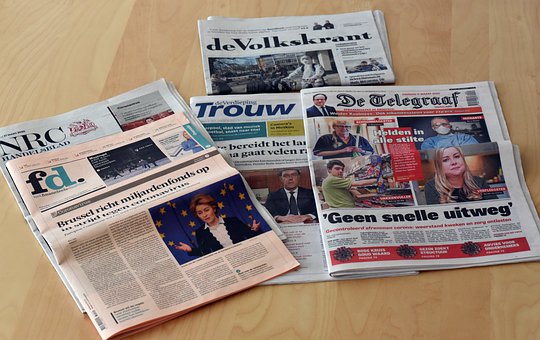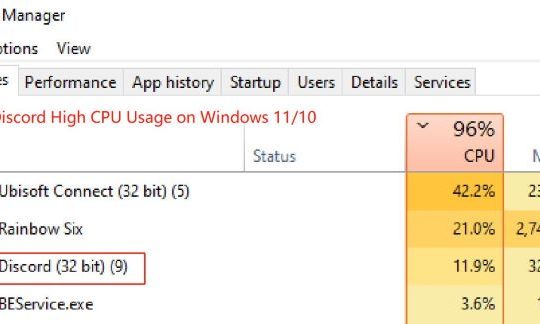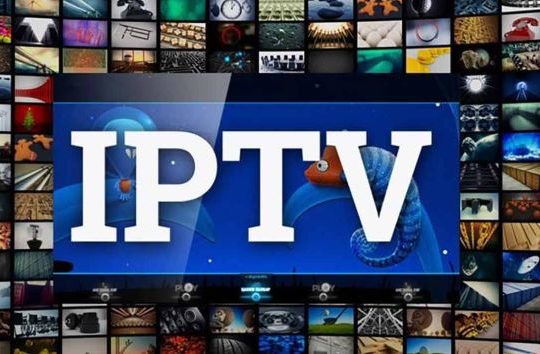Press releases are different from other types of communication tools that companies use to connect with their audience. If you’re trying to expand your reach and raise awareness about your brand, customer communication is grist to your mill. Online platforms and social media pretty much control the communication between brands and their customers.
They also offer various broadcasting and content distribution avenues for sharing company news and product releases. One of the most understated marketing tools riveting more attention nowadays is a well-written press release.
They are a marketable distribution tool that has the ability to grab readers’ attention and provide them with valuable information while marketing the company’s services at the same time.
But what do you need in order to write a killer press release for your business, and how do you make your releases stand? The following article demonstrates the basics of press releases, what they consist of, and how to structure yours for wide-reaching publicity.
The Press Release Headline

The headline of your press release decides for your readers whether they should continue reading or not. If they don’t find something that grabs their attention within the first few words they read, the betting is that they will turn away.
On average, web users visit a website and stick around for only 10, maybe 20 seconds. This means that the title or headline of an online release, which is the first thing users read in the first 10 seconds, determines for them if they found what they’re looking for or not. It should also be intriguing enough to grab the attention of journalists and express the newsworthy content in your story before readers get right into it.
The goal is to spark an interest as quickly as possible and give journalists an overview of why they should pick your release. An effective way of accomplishing this briefly in no more than a one-line headline is by perfecting your choices of words to serve more than one purpose.
In your case, that would be grabbing attention and proving that your story is newsworthy. Aim to use words and sentences that spur your readers’ curiosity and describe your story briefly.
Your title should describe exactly what readers are about to find as they keep reading but at the same time it should be thought-provoking and motivate them to continue even if they don’t find what they were looking for.
The Dateline
This is the part where you provide the release date of your story, which city it is released from, and maybe the state or region of your business. The dateline is placed in the first line of the release’s first paragraph and it definitely contains pivotal information that journalists look for.
Journalists are mostly concerned about receiving up-to-date material, giving them a pointer to the date and origins of the release supplies them with fresh content and lets them know you have something newsworthy to share.
In some cases, even if the release was written a few days before it’s sent to the media, it’s acceptable to put the date on which you distribute it. Timing is very important when it comes to publishing press releases.
Distribution companies play a great role in helping businesses update their resources and stay up to date with the latest trends and hottest topics. From citing trendy keywords to providing you with effective content marketing ideas, these channels make a big difference when it comes to attracting traffic and keeping up with the latest distribution strategies. They are also very helpful when you need to hit a particular time zone before sending your press release.
The Introduction
The introduction is the beginning of your press release, and possibly the only part that a journalist can spare some time to read. You should treat it as the most important section of your release and include as many eye-catching phrases in it as possible.
Press releases are always written in the inverted pyramid style where writers structure their story to include the most important information in the beginning then descend gradually to the least important as they approach the end of the story.
Occasionally, the first part containing the most important details may also include the conclusion or bottom line of the story.
In any case, the answer to all the reader’s questions should be listed at the start, for example, what happened? To who, or who was involved? When did it happen? And where?
As per the inverted pyramid style, these questions are then followed by supporting evidence, details, and background information as you read further into the article or story.
What that means is that you should aim to include the important key points first in the introduction then follow them with the subsequent information according to the importance of each point.
Content Strategy
One of the main goals of publishing press releases is marketing brand content or using it to reach a new audience. No matter what your goals are, press releases are a great way of optimizing your traffic and announcing new updates and product releases.
They provide marketers with a powerful tool that allows them to draw a lot of attention to the company’s most recent news, events, and releases. Businesses use this content distribution strategy along with some Search Engine Result Pages (SERP) marketing strategies to drive traffic, promote their content, and expand their customer reach.
If you have a new release, whether it is an audiobook or a new line of products, you can turn a lot of heads and garner public attention by writing an online press release, sending it to journalists and publishers, and sharing it with the media. That way, you’ll be marketing your product and reaching a wider audience at the same time.
The Body of the Press Release
While still following the inverted pyramid style, you should pair your release’s body with the discussed key points in your introduction.
The body of the release is where you tell your readers why this information or story matters to them or how they can benefit from this information. The body can consist of more than one paragraph providing important details, the story background, and other related information.
Most of the time, you would see releases with complex descriptions and language used in the body which is not very effective when it comes to delivering the out-turn of any storyline. You want to make this part the easiest to grasp and get through, you don’t want readers to lose interest once they get to the part that actually matters.
For this reason, aim to cut it short and keep things simple when writing the body of your press release. Use straightforward language that motivates readers to reach the end of your release while providing them with the key takeaways that they are looking for. It’s always important for your readers to know why the news they are reading is important to them. So help them get there.
The Boilerplate
Your press release’s boilerplate is the short paragraph you leave at the end to include important information about your company or business. It’s not really related to the story you write as much as it provides vital data related to the brand you represent.
This kind of information is needed when a journalist decides to cover your story. The most recommended style is using bullet points to cover all the pieces of your boilerplate so that journalists can find the information they want faster.
A large piece of text that buries the main details inside a single paragraph is not very appealing when a journalist is looking for a specific piece of information about your business. Another piece of advice is to add as much profile information about your business as possible in your boilerplate.
Think of when the company was founded, who founded it, and where, maybe mention the number of employees working in the business. Awards, recognitions, and achievements look great in that part as well. While some of this may not be needed by the journalist sharing your press, it still makes it easy for them to spot what they want and find relevant information faster.
Goals and CTA
Another important closing factor is your CTA or Call to Action, which is how you tell your readers what to do next. A strong CTA drives your readers to join your followers and potentially switch to new customers.
If paired with clear contact information for your business like explained in the boilerplate, readers will know how to interact with you if they wish to buy your services.
It is how you increase sales using your press release as an efficient marketing tool. We recommend including your CTA at the end of your release’s body or in the closing part right before the boilerplate.
The Closing Symbol
Usually, you will see releases closing with a three pounds symbol like this “###” referring to the end of the press release. This symbol, as explained by researchers, was traditionally used in a different way, it looked something like this “-30-”.
It was used to signal the end of transmissions when telegraphers would tap “XXX” during Civil War times. Later on, it was transformed into the number 30 shown as the Roman numeral “XXX”, so it was more convenient for modern printing usage. However, now, it is more accepted modernly to use this symbol -“###”- as a sign of the end of any press release.
Important Writing Techniques
The previous elements may explain how a press release is structured and what the main points that you should include are, but there’s more to writing a successful press release.
Here are a few main tips on how to make your release stand out and reach a wide audience.
Find Your Target Audience
This will save you time, money, and effort when you know who you should target with your press releases. Instead of openly structuring and sharing your release story, you’ll know who to target and which audience to share it with. Make sure you research your target demographics to find out what your people want to see and how you can use optimized keywords to find potential leads.
Stick to the Facts
We may have hinted at this point above, but this time, we emphasize it. It’s really important to cut to the chase when telling your story in the release.
This is how you get readers to read until the end. Avoid using too many adjectives as much as possible and use strong verbs instead to help with reducing your use of fancy words and complicated adjectives.
No Need to Hype it up
A press release should be simple, straightforward, and concise. No need for exclamation points or any of that puff. You should only aim to provide all your facts within the fewest number of words possible.
Use Active Voice
This one is quite simple. Don’t use passive voice. It’s much more preferred to use active voice while writing your press release stories.
Proofread
Unless you never want your press release to see the light of day, proofreading is essential. Typos are a big no when it comes to writing such professional content. As a matter of fact, they are not acceptable in any form of written content.

The least you can do is proofread your release and make sure it is completely mistake-free. You can also hire professional writers to do the job for you so that you can sit back and relax while knowing all these elements are covered professionally.
Marketing is all about understanding your audience and finding ways to give them what they are looking for through your services and interactions. Without effective customer communication, this is almost impossible for businesses to achieve. Press releases offer a brilliant way for companies to announce their news and events by sharing relevant and engaging content that grabs their buyers’ attention.
By understanding this marketing tool and knowing the key elements that make up a successful press release, you will be ready to take your first steps into the modern market where all communications are digitized to meet the needs of today’s consumers.
More Articles:
How to Change Margins in Google Docs
How to Turn on or off Spell Check on Windows 10
10 Compelling Reasons Why You Need This Parental Control Software






